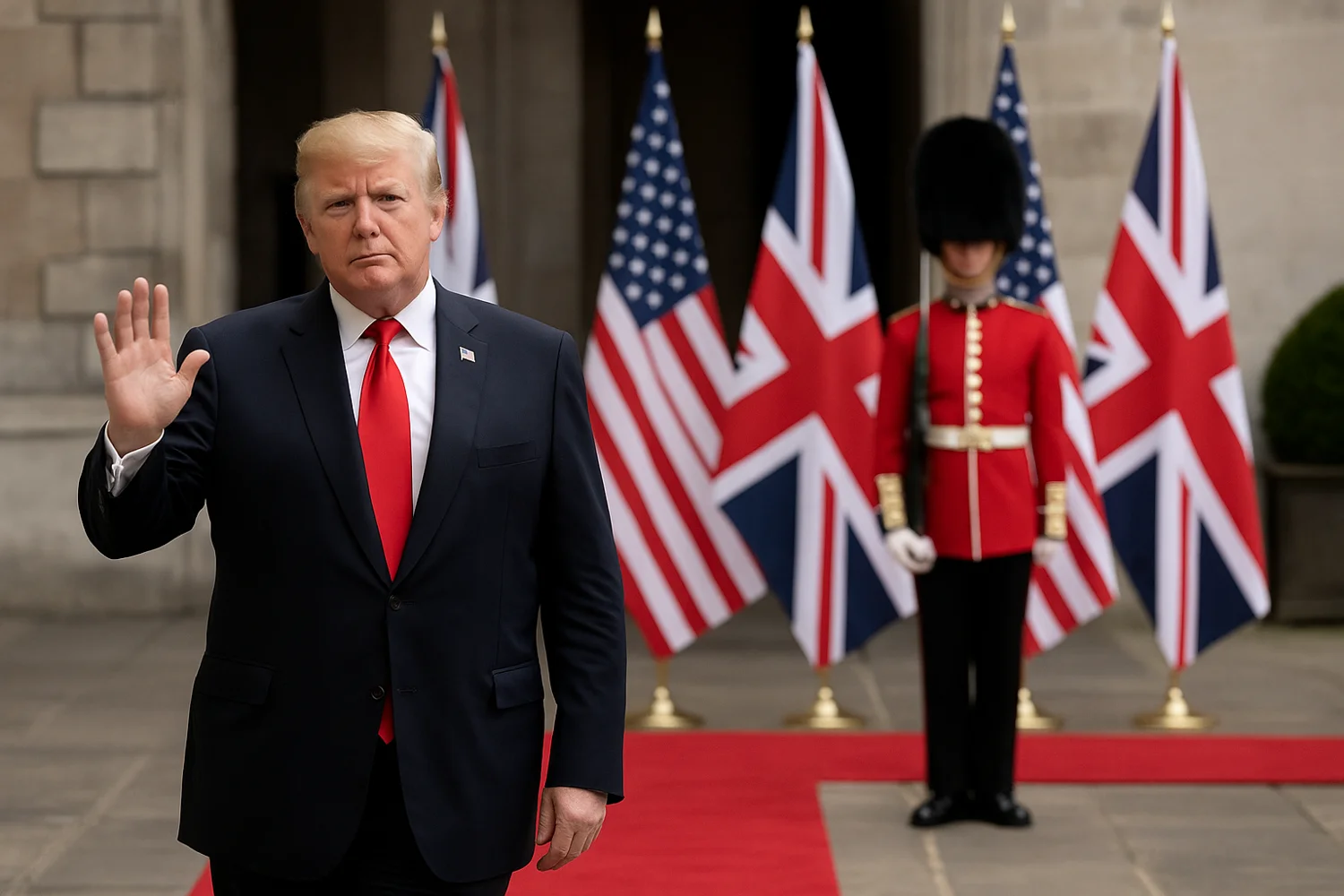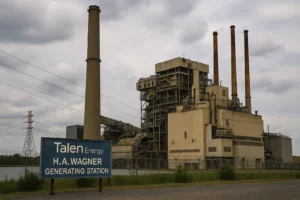Trump approval bump is the story of the week. The Rasmussen daily poll shows a dramatic 10-point swing in just four days. On Monday, only 48 percent approved of his presidency, with 51 percent disapproving. By Friday, approval had surged to 53 percent, disapproval fell to 46 percent. A president drowning in negativity suddenly sits at +7 net approval.
The mainstream attributes the leap to Trump’s state visit to Britain. Pageantry, royal smiles, investment pledges — all presented as evidence that Trump is not just surviving, but thriving on the world stage. Yet the truth behind this “miracle turnaround” is more complex, and far less flattering.
Context: the official narrative
Rasmussen’s poll, amplified by outlets like the Daily Caller, paints a picture of momentum. Trump shakes hands with royals, commands press attention, and America approves. The narrative suggests a decisive turnaround, with voters rewarding Trump for his statesmanlike presence abroad.
At Windsor Castle, King Charles hosted a banquet. At Westminster, the pomp was relentless. In parallel, Trump pitched strategic realignments — from regaining Bagram Airfield in Afghanistan to boosting trade deals with London. It looked like a leader commanding both symbolism and substance.
Oppositional Argument: a fragile bounce
But this Trump approval bump is not the same as real political capital. Rasmussen polls are notoriously volatile and often lean Republican. A four-day swing of 10 points reveals more about spectacle than about voter conviction. The UK visit produced strong images — a U.S. president embraced by monarchy, promising global deals — but images fade.
This is not a rebound born of domestic policy or economic improvement. It is a sugar high, manufactured by pageantry and amplified by selective media coverage. Trump’s team knows optics better than anyone — but they also know such surges collapse when the spotlight moves on.
Analytical Breakdown: why now, why this way
Timing explains everything. After months of stagnation in approval ratings, Trump needed a reset. The UK state visit provided it:
- Optics: American voters saw a president celebrated abroad rather than criticized at home.
- Economic promises: Investment announcements, framed as proof of Trump’s deal-making.
- Geopolitical edge: The Bagram Airfield comments played directly to voters craving toughness on China.
But approval ratings built on pageantry are brittle. Once inflation figures, unemployment data, or domestic scandals dominate headlines again, the glow fades. Rasmussen’s history of short-lived spikes proves the case.
Human Perspective: beyond the numbers
For everyday Americans, the approval bump means little. Families still struggle with high rents, stagnant wages, and debt. Trump’s royal banquet does not lower grocery bills in Ohio or fix schools in Michigan. The contrast is glaring: Trump tours castles, while voters juggle credit cards. This is the disconnect between spectacle politics and lived reality.
Counterarguments
Supporters argue that a 10-point rise cannot be dismissed. They claim it proves Trump can reset narratives, that Americans respond to strength abroad. But this ignores how fragile these bumps are. Approval born of ceremonial optics evaporates when confronted with domestic pain. The numbers themselves — only 300 voters surveyed — show how shaky this foundation is.
Conclusion: fleeting momentum in a long war
Trump approval bump is real, but temporary. The mainstream cheers, Trump’s base gloats, but the structure is built on sand. Spectacle may buy him a week of dominance, but unless it translates into tangible economic or policy wins, it fades.
The deeper truth: Trump remains a politician defined by volatility. He can create shocks — but stability is still out of reach.
External Links
90 views





